The digital hot stamping foil slitting machine is upgraded through Internet of Things (IoT) technology, which is a key step in realizing the transformation of "Industry 4.0" and enhancing competitiveness. IoT technology can transform independent machinery and equipment into intelligent nodes in the network, enabling data-driven decision-making and automated operations.
The following is a detailed solution and explanation of the Internet of Things to improve the efficiency of digital hot stamping foil slitting machines:
First, core efficiency improvement points
The pain points of traditional slitting machines are: opaque production process, dependence on master experience, long downtime, lagging quality inspection, low efficiency of scheduling and order change. IoT technology is the solution to these pain points.
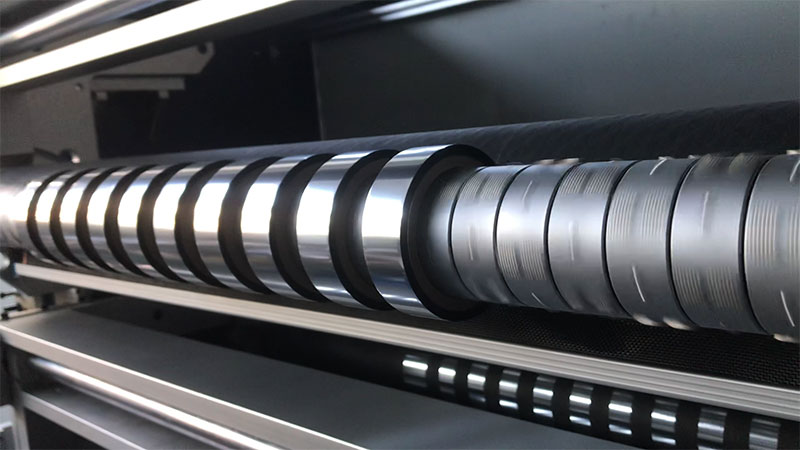
Second, internet of Things implementation plan
1. Data Acquisition and Status Monitoring (Base Layer)
• Equipment status sensor: Vibration, temperature, and humidity sensors are installed on the slitting machine to monitor the operating status of key components such as spindles and tool holders in real time to prevent faults.
• Power monitoring: Install smart meters to monitor real-time power consumption of devices. Automatic alarm or automatic shutdown when idle energy consumption is too high to save energy.
• Visual recognition system: Install industrial cameras to monitor the flatness of slitting edges and foil surface defects (such as scratches and bubbles) in real time, replacing human eye inspection.
• PLC/CNC data interface: directly read the data of the equipment control system (such as Siemens, Mitsubishi PLC) through the gateway, and obtain the core operating parameters: such as current speed, tension setting, output count, alarm code, etc.
2. Network transport and cloud platform (connectivity layer)
• Industrial gateway: The collected sensor and PLC data is converted through the industrial gateway (e.g., Modbus, Profibus to MQTT, HTTP, etc.) and securely transmitted to the cloud platform or local server.
• 5G/Wi-Fi 6: Utilizes high-speed, low-latency networks to ensure stable transmission of massive amounts of data, especially visual inspection image streams, and supports remote access on mobile devices.
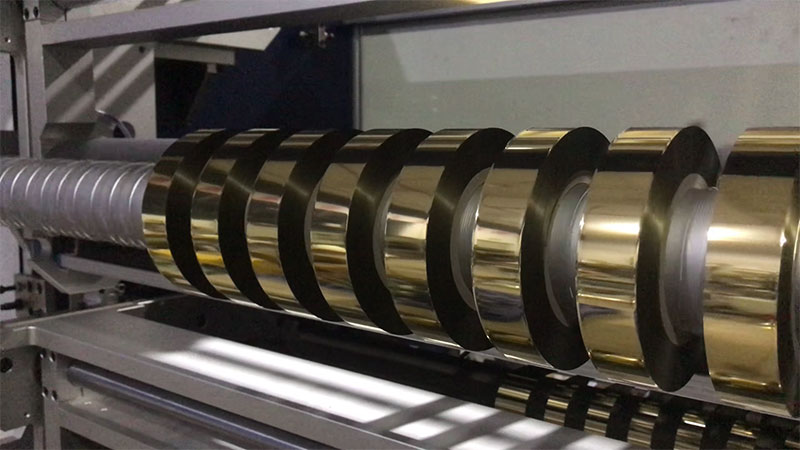
3. Data Analytics and Intelligent Applications (Platform Layer)
This is the core brain that enhances efficiency, usually in the form of a digital dashboard.
• Overall Equipment Effectiveness (OEE) calculates in real time:
◦ The system automatically calculates and displays the time operating rate (is there unexplained downtime?) ), performance operating rate (is it running at optimal speed?) ), qualified product rate (how much waste?) )。 Managers can see at a glance where the efficiency bottleneck is.
• Predictive Maintenance:
◦ The system establishes a fault model by analyzing historical vibration and temperature data. It can issue early warnings before bearing wear and tool passivation to critical points, and automatically generate maintenance orders to schedule maintenance during production gaps to avoid unplanned downtime.
• Process parameter optimization and knowledge base:
◦ IoT records all parameters of each production task: material type, width, tension, speed, tool angle, etc., and correlates with the final product quality (evaluated by the vision system).
◦ Through machine learning algorithms, the system can recommend the optimal slitting parameters for different foils, reducing the waste of adjustment samples and enabling novices to reach the level of masters.
• Quality Traceability and Closed-Loop Control:
◦ Each roll of slitted finished product has a unique ID, which is associated with its production time, parameters, operator, quality inspection image, and other information. Customer complaints can be traced quickly and accurately.
◦ When the vision system detects a quality deviation, the system can automatically feedback to the PLC to fine-tune the tension or speed to achieve closed-loop control of quality.
4. Remote Management and Collaboration (Application Layer)
• Mobile APP/Web Monitoring: Managers and technical engineers can view the status of slitting machines anywhere in the world in real time, receive alarm notifications, and remotely diagnose problems on their mobile phones or tablets, greatly improving response speed.
• Digital work orders: Production task orders can be directly issued to the HMI (Human Machine Interface) screen of the slitting machine, eliminating the need for operators to check back and forth with paper work orders, reducing order change time and human error.
• Supply chain collaboration: IoT platforms can be connected with ERP (Enterprise Resource Planning) and MES (Manufacturing Execution System). After the slitting is completed, the inventory data is automatically updated, and the automatic order placement and shipping process can be triggered.
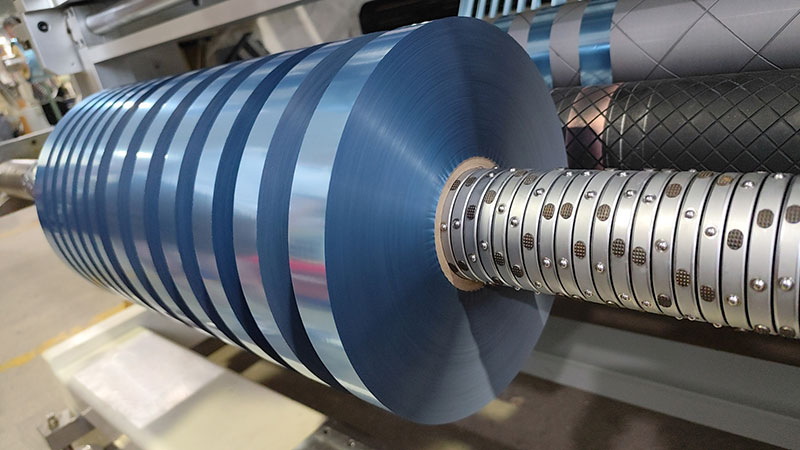
Third, specific efficiency improvements
1. Reduced Downtime:
◦ Predictive maintenance reduces sudden failures by more than 70%.
◦ Remote diagnostics to quickly resolve program bugs and reduce the time spent waiting for technical support.
2. Increased Production Speed (OEE):
◦ Optimize parameter recommendations to reduce adjustment time and shorten production cycles.
◦ Real-time monitoring avoids forced slowdowns due to minor issues not being detected.
3. Reduced Material Waste:
◦ Visual quality inspection realizes 100% online full inspection, detects defects in time, and reduces waste outflow and material waste.
◦ Precise parameter control reduces waste in commissioning samples and first article inspections.
4. Optimize Human Resources:
◦ One employee can take care of multiple IoT slitting machines at the same time, and the system will automatically alert to the station that needs intervention.
◦ Reduce over-reliance on operator experience and empower newcomers with a knowledge base.
5. Data-Driven Decision-Making:
◦ Accurately calculate the true cost of each order (including energy consumption, material loss, labor hours).
◦ Provide accurate data support for investing in new equipment and retiring old equipment.
summary
The essence of applying IoT technology to digital hot stamping foil slitting machine is to transform "experience-driven" production into "data-driven" intelligent production. It is not just a simple "networking", but through data collection, analysis and application, it forms a continuous optimization, transparent management, efficient and collaborative ecosystem, and ultimately achieves an overall improvement in production efficiency, product quality and economic benefits. For the production of high value-added materials such as hot stamping foil, the benefits of reducing waste and improving quality will be far greater than the initial investment in IoT systems.



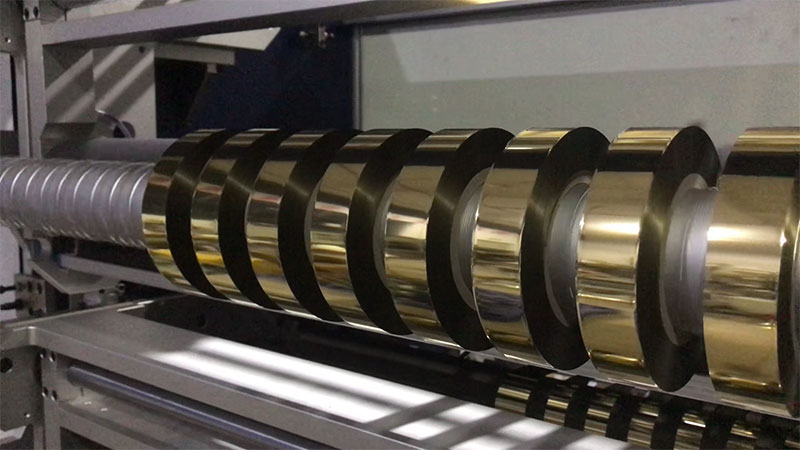
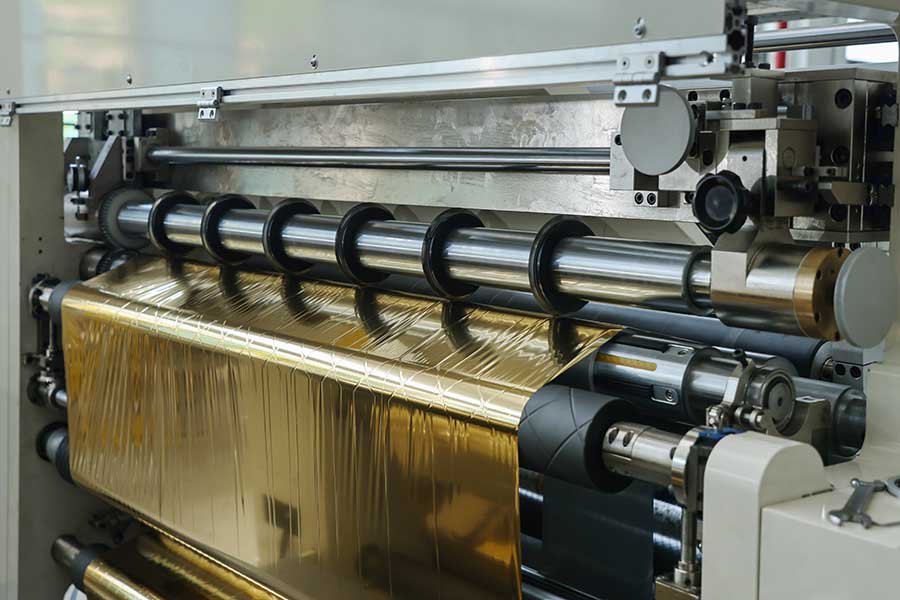
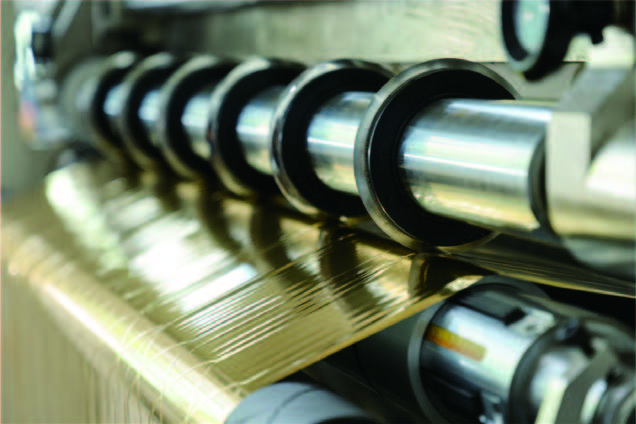

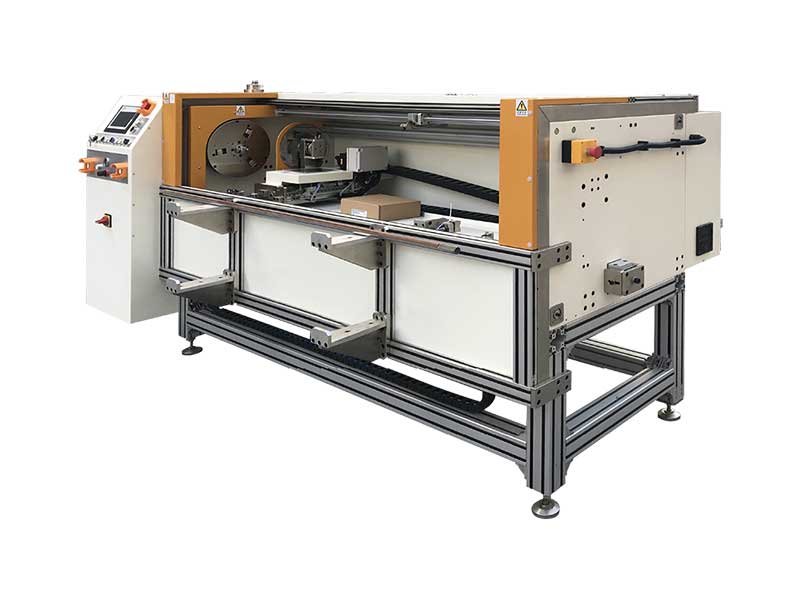 Automatic Foil Roll Cutting Machine
Automatic Foil Roll Cutting Machine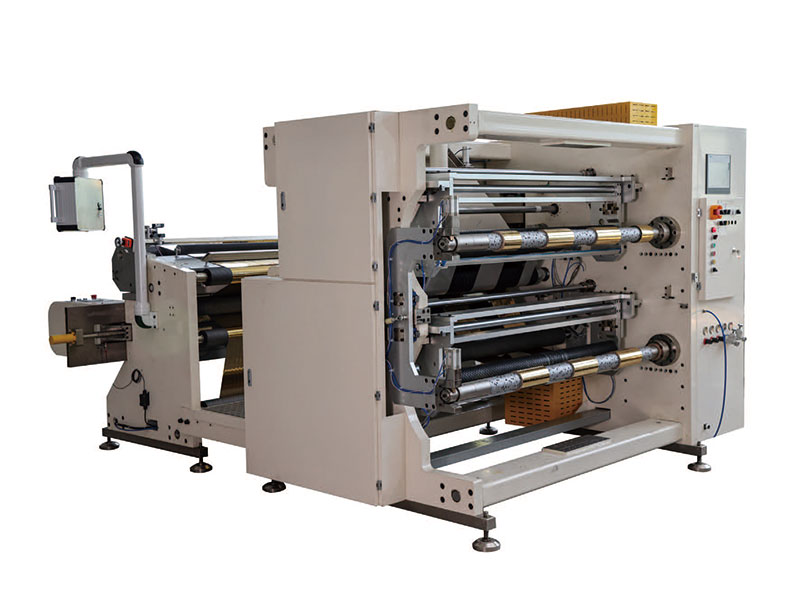 1400mm Hot Stamping Foil Slitting Machine
1400mm Hot Stamping Foil Slitting Machine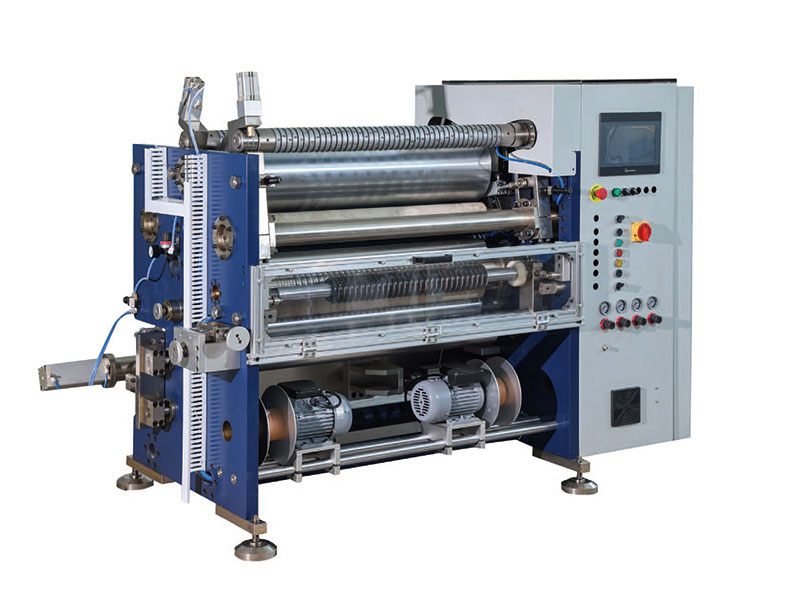 800mm Hot Stamping Foil Slitting Machine
800mm Hot Stamping Foil Slitting Machine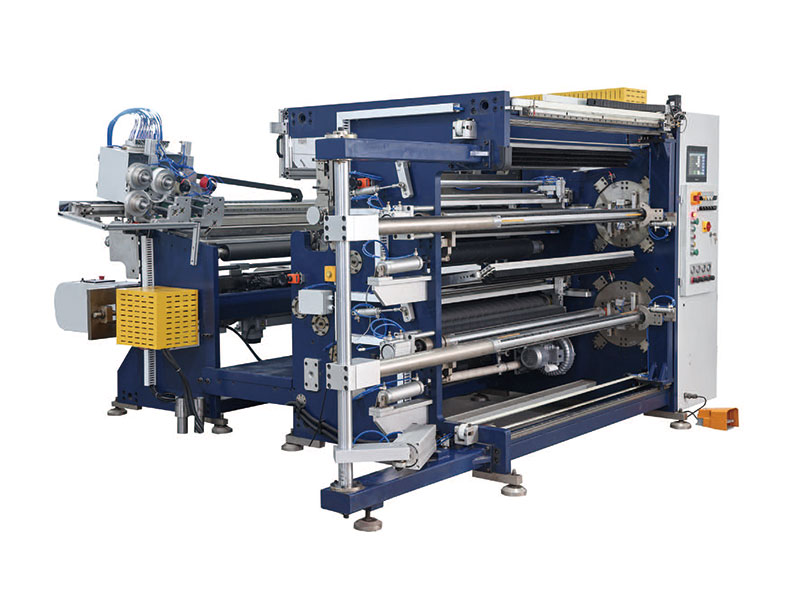 1350mm Hot Stamping Foil Slitting Machine
1350mm Hot Stamping Foil Slitting Machine Manual Foil Roll Cutting Machine
Manual Foil Roll Cutting Machine 1350mm/1600 Foil Slitting Machine
1350mm/1600 Foil Slitting Machine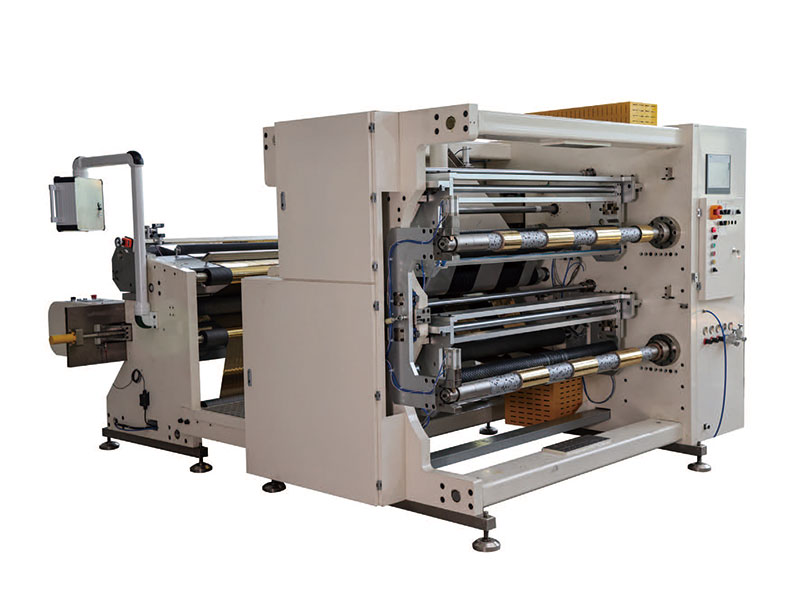 1400mm Copper Foil Slitting Machine
1400mm Copper Foil Slitting Machine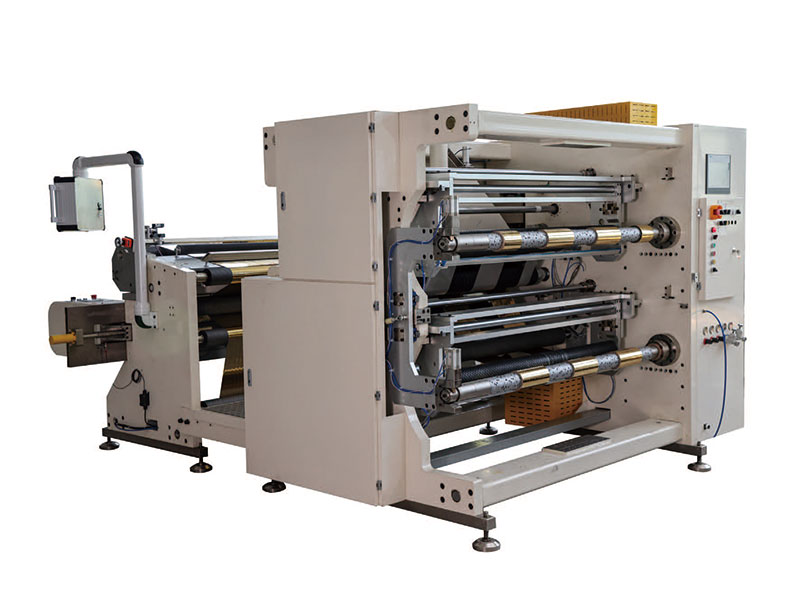 1400mm Aluminium Foil Slitting Machine
1400mm Aluminium Foil Slitting Machine

